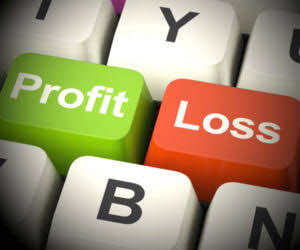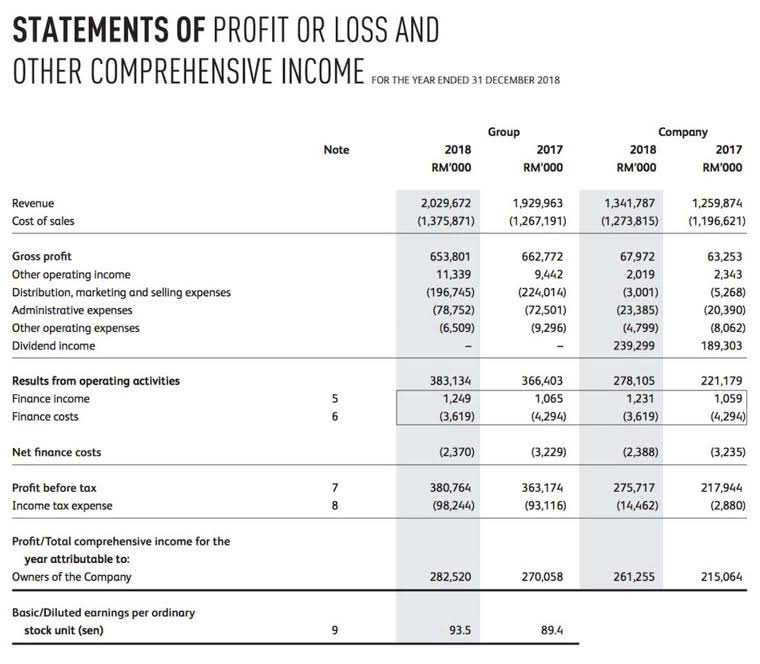
A show or theater production literally ends with public entertainment to be consumed by the general public. It involves the use of layers that are built up upon each other to create shapes and patterns in a three-dimensional process using a special piece of equipment, such as a 3D printer. A new forklift might cost $75,000, but it won’t be worth that same amount after 3 years. Eventually, it will be decommissioned after it has lived its useful life and have a value of zero or a minimal salvage value. Depreciation is a way to financially account for the decrease in value of a physical asset over time. These articles and related content is the property of The Sage Group plc or its contractors or its licensors (“Sage”).
Manufacturing accounting: a unique approach for a unique sector
Real-time costing for components and finished goods can provide more accurate insights for manufacturers. This improves manufacturing costing and accounting with features to integrate data, highlight costs, and evaluate overall business health on a continuing basis. Rootstock Financials provides manufacturing accounting software for full financial visibility, analysis, and reporting for accounting and finance teams. A key consideration here for manufacturers is how labor costs are tracked for manufacturing accounting, especially where to draw the line between direct labor costs and overhead labor costs. But what if a maintenance technician on the clock to repair a machine that has unexpectedly stopped production? And how would accounting handle a scenario where a manager pitches in to help a shorthanded production team?
Inventory Cost Layering
Set your business up for success with our free small business tax calculator.
Job costing
Factory overhead costs must be aggregated into cost pools and then allocated to the number of units produced during a reporting period, which increases the recorded cost of inventory. The number of cost pools should be minimized to reduce the amount of allocation work by the accountant. Constraint analysis involves finding the bottleneck in the manufacturing process (if any) and advising the production department regarding the impact on throughput of changes to the flow of work through that bottleneck. The analysis can include an examination of the inventory buffer in front of the constraint and the existence of any upstream sprint capacity.
- ProjectManager is cloud-based software that keeps everyone connected in your business.
- This is a costing method that differs from job costing in that it incorporates more indirect costs, such as resource consumption.
- Under jidoka, engineers design and build systems by hand to intricately understand the manufacturing process.
- Download our free production schedule template for Excel to monitor production dates, inventory and more.
Taxes are incredibly complex, so we may not have been able to answer your question in the article. Get $30 off a tax consultation with a licensed CPA or EA, and we’ll be sure to provide you with a robust, bespoke answer to whatever tax problems you may have. You can connect with a licensed CPA or EA who can file your business tax returns.
- ABC systems involve sorting your business’s indirect costs into groups, calculating a per-unit rate based on their primary cost drivers, then using that rate to allocate costs to products or activities.
- The manufacturing account is prepared by closing the temporary cost accounts and adjusting the raw materials (RM) and the work in process (WIP) inventory accounts using a closing journal entry as shown below.
- You need accurate financials to correctly forecast cash flow and ensure you’re paying the right amount of taxes.
- This includes using historical data from similar goods, understanding macroeconomic conditions, and considering customer expectations for specific product features.
- Job costing is advantageous for returning close-to-exact cost values per finished project or finished good.
- Manufacturing supplies, wages for non-production staff, and overheads like fuel or electricity can also all be considered direct costs.
Finished goods inventory

It involves calculating a standard rate for groups of costs that go into each unit, including direct materials, direct labor, and manufacturing overhead. Manufacturing accounts help to improve the cost-effectiveness of the manufactures. Though there is no fixed format to maintain it, a few things should be properly entered into the statement to get the actual information that is needed. Debiting all expenses like the cost of raw materials and other direct expenses are to be exhibited in the statement. Particulars in closing work include trading A/c i.e transfer of the cost of production, by the sale of scrap.
Process Manufacturing

The most critical is constraint analysis, since proper management of a company’s constraint is the most important driver of its profitability. Indirect costs are those costs that cannot be directly traced to a specific product or service. These costs are also known as overhead https://www.bookstime.com/ expenses and include things like utilities, rent, and insurance. Indirect costs are typically allocated to products or services based on some measure of activity, such as the number of units produced or the number of direct labor hours required to produce the product.
Examples of Manufacturing Overhead
It is commonly termed as factory overheads and is incurred in running the operation of the factory. Each cost account is closed and the balances transferred to the manufacturing account. In addition the inventory accounts are adjusted to reflect the beginning and ending balances. The balancing debit entry to the manufacturing account of 105,000 represents the manufacturing cost of goods completed during the accounting period.
Manufacturing Overhead Costs
- In the world of making things, keeping an eye on how much everything costs is key.
- Advanced manufacturing accounting software is a must-have for modern manufacturers and the manufacturing accounting teams responsible for tracking business financials.
- Knowing the right forms and documents to claim each credit and deduction is daunting.
- This also should incorporate any manufacturing limitations discovered during the research stage.
- The credit entry to the manufacturing account clears the balance on the account and transfers the cost to the trading account of the business.
Fixed labour costs could include contractors, technicians, and maintenance staff with set jobs to do with set fees. Variable costs, on the other hand, can include assembly line workers whose roles change as you produce higher volumes. This depends on whether the labour requirements of a particular job change as you add more volume.
If the cost of production is lower than a product’s market value, a markup is added which makes up the factory profit. If cost of production is higher, the value will be negative, culminating in factory loss. Manufacturers use this to manufacturing accounting decide whether to manufacture a product or sub-assembly, or to procure it. Manufacturing overhead costs are indirect costs that are incurred during a particular accounting period but cannot easily be accounted for on a per-unit basis.
